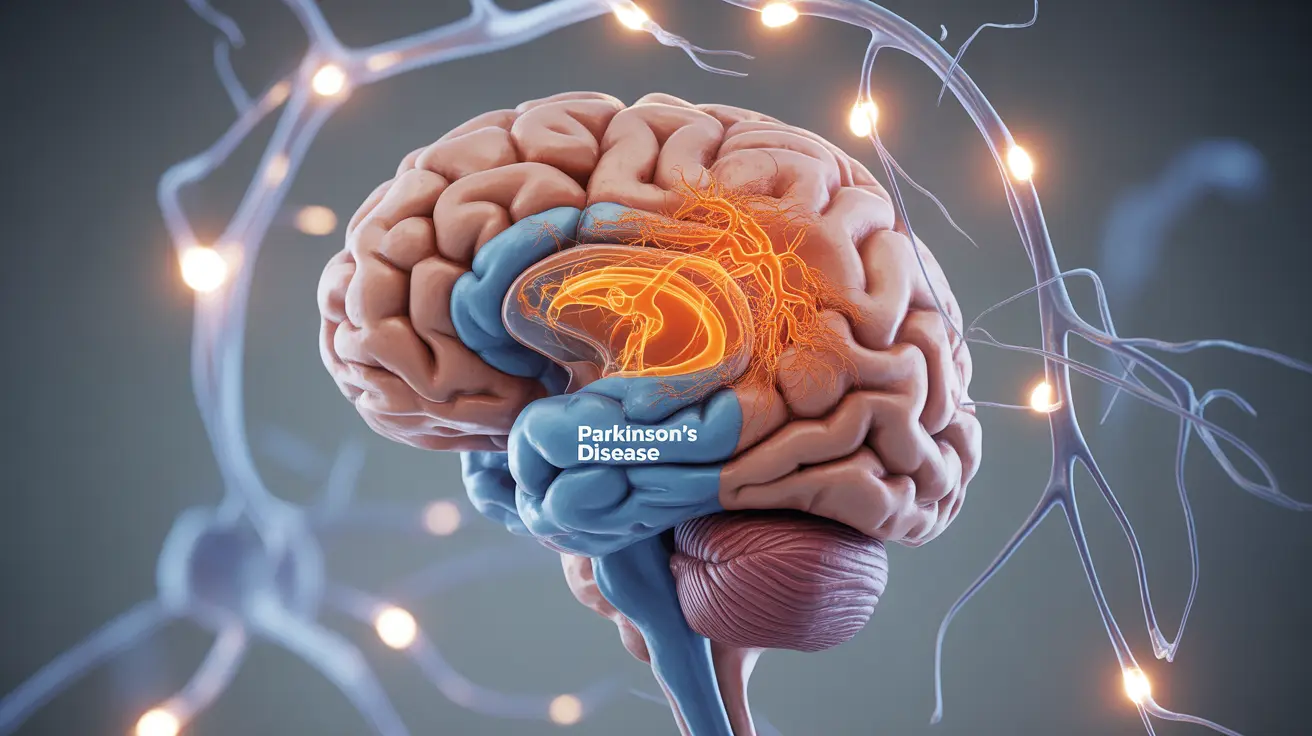When it comes to movement disorders affecting the nervous system, understanding the distinction between Parkinson's disease and parkinsonism is crucial for proper diagnosis and treatment. While these conditions share similar symptoms, they have important differences in their causes, progression, and response to treatment.
In this comprehensive guide, we'll explore the key differences between these conditions, their varying prognoses, and how medical professionals approach their treatment. This information will help you better understand these complex neurological conditions and their impact on patients' lives.
Understanding Parkinson's Disease and Parkinsonism
Parkinson's disease is a specific neurodegenerative disorder characterized by the loss of dopamine-producing cells in the brain. In contrast, parkinsonism is a broader term that encompasses a group of neurological conditions that cause movement symptoms similar to those seen in Parkinson's disease.
While Parkinson's disease is the most common cause of parkinsonism, there are several other conditions and factors that can lead to parkinsonism symptoms, including medications, toxins, and other neurological disorders.
Key Differences in Symptoms and Presentation
Classic Parkinson's Disease Symptoms
- Tremor that occurs primarily at rest
- Gradual onset of symptoms, usually on one side of the body
- Good initial response to levodopa medication
- Slower progression compared to some forms of parkinsonism
- Classic "pill-rolling" tremor of the hands
Parkinsonism Characteristics
- More symmetric symptom presentation
- Earlier balance problems
- Poor response to traditional Parkinson's medications
- Additional symptoms specific to the underlying cause
- More rapid progression in some cases
Understanding Disease Progression and Prognosis
The progression rate and overall prognosis can vary significantly between Parkinson's disease and different forms of parkinsonism. Classic Parkinson's disease typically progresses more slowly and predictably, with patients often maintaining a good quality of life for many years with proper treatment.
Some forms of parkinsonism, particularly those caused by certain neurological conditions, may progress more rapidly and have a less favorable prognosis. However, drug-induced parkinsonism can often improve when the causing medication is discontinued.
Treatment Approaches and Effectiveness
Parkinson's Disease Treatment
- Levodopa and other dopaminergic medications
- Physical therapy and exercise programs
- Deep brain stimulation in appropriate cases
- Regular monitoring and medication adjustments
Parkinsonism Treatment
- Addressing the primary condition causing the symptoms
- Removing triggering medications when applicable
- Symptomatic treatment as needed
- Specialized therapy based on the specific type of parkinsonism
Frequently Asked Questions
What are the main differences between Parkinson's disease and parkinsonism? Parkinson's disease is a specific neurodegenerative disorder, while parkinsonism is a broader term encompassing various conditions that cause similar movement symptoms. Parkinson's disease typically has a more gradual onset, asymmetric symptoms, and better response to levodopa medication.
Which condition generally progresses faster and has a worse prognosis: Parkinson's disease or parkinsonism? The progression rate varies depending on the specific type of parkinsonism. Classic Parkinson's disease typically progresses more slowly and predictably than many forms of parkinsonism. Some types of parkinsonism, particularly those related to other neurological conditions, may progress more rapidly and have a worse prognosis.
How do treatment responses differ between Parkinson's disease and parkinsonism? Parkinson's disease typically responds well to levodopa and other dopaminergic medications, while various forms of parkinsonism may show limited or no response to these treatments. Treatment for parkinsonism often focuses on addressing the underlying cause rather than dopamine replacement.
What symptoms can help distinguish Parkinson's disease from other types of parkinsonism? Parkinson's disease typically presents with asymmetric symptoms, a characteristic resting tremor, and gradual progression. Other types of parkinsonism often show more symmetric symptoms, earlier balance problems, and may include additional symptoms specific to the underlying condition.
Can parkinsonism caused by medications or injury improve, and how is it managed? Yes, drug-induced parkinsonism can often improve when the causing medication is discontinued. Management involves identifying and removing the triggering factor, providing supportive care, and treating symptoms as needed. Recovery time varies depending on the specific cause and individual factors.




